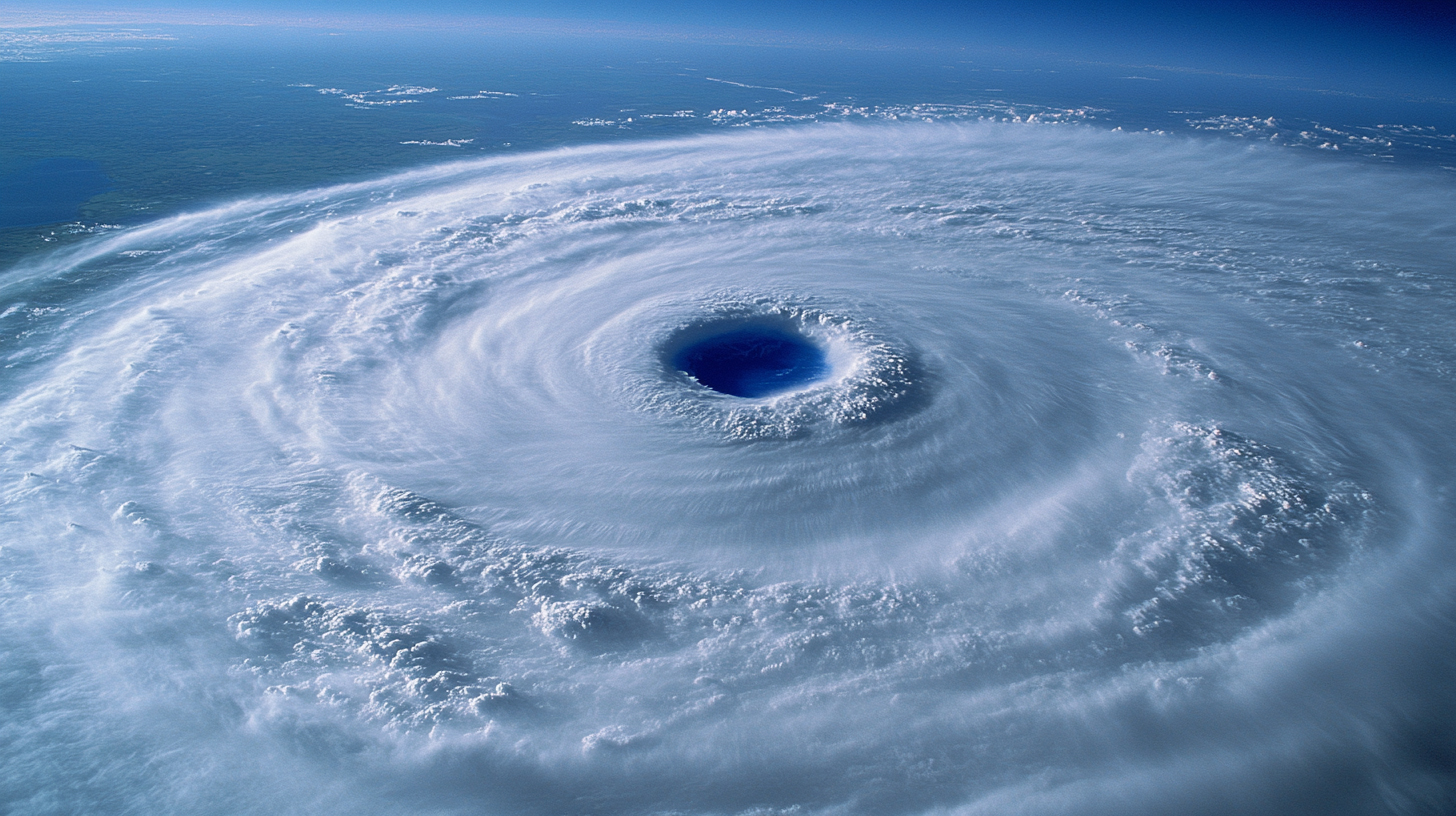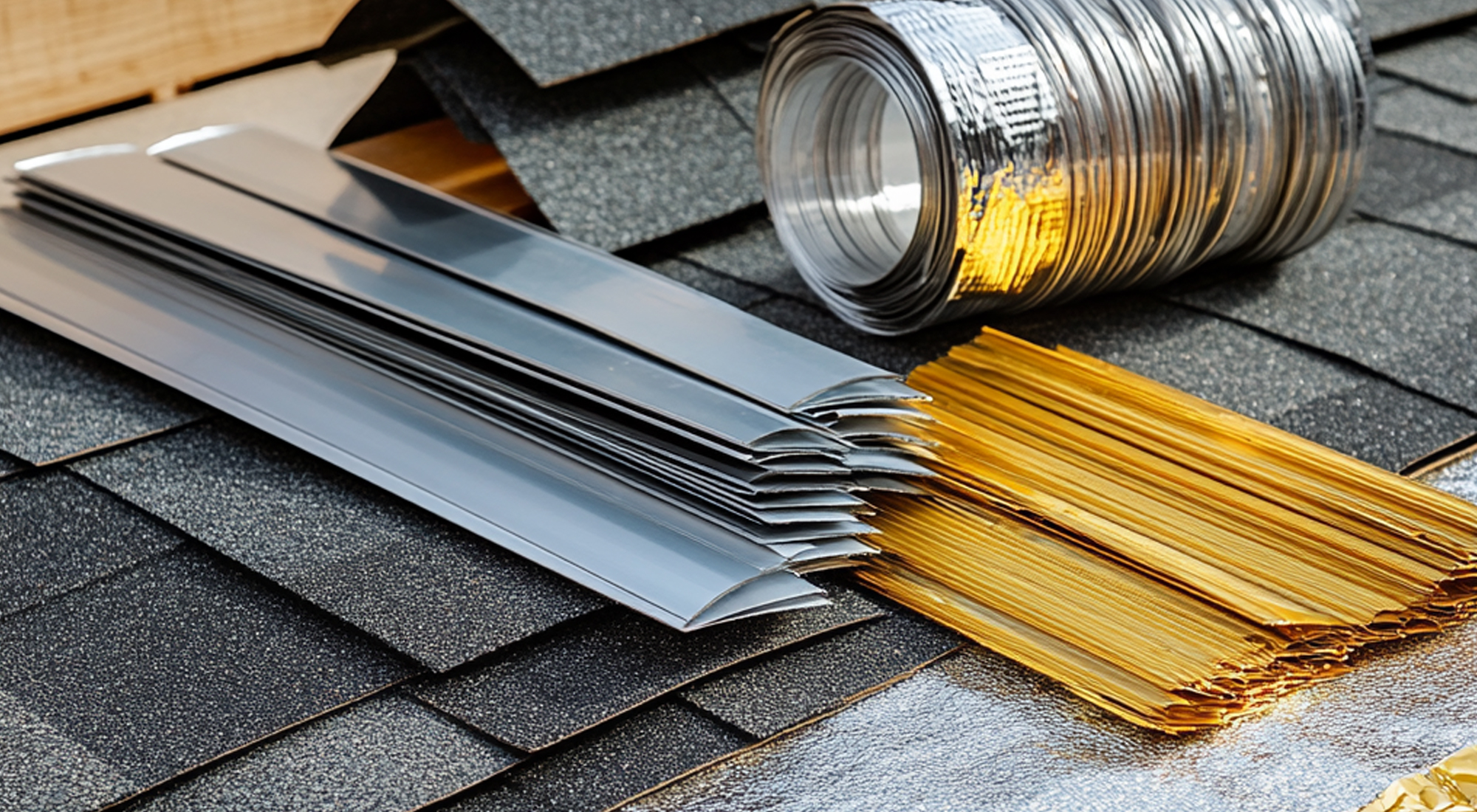Hurricanes are among nature’s most powerful forces, and they can leave significant destruction in their wake. Understanding the types of roof damage that can result from these storms is crucial for homeowners looking to protect their investment and ensure their safety. Hurricane roof damage generally falls into several categories, each with its own set of consequences.
One of the most common storm damages is shingle loss. High winds can easily lift and tear away shingles, leaving the underlying structure exposed to rain and further deterioration. Missing shingles not only compromise your roof’s ability to shed water but also increase the risk of leaks that can lead to interior water damage.
Another type of roofing issue after a hurricane is structural damage. This occurs when debris, such as tree branches or flying objects, strikes the roof with enough force to cause cracks or punctures. Such impacts may not always be visible immediately but can weaken the integrity of your roofing system over time.
Additionally, hurricanes often bring heavy rainfall that exacerbates existing vulnerabilities in a roof. Poor drainage or clogged gutters during a storm can lead to pooling water on flat or low-pitched roofs, increasing the likelihood of leaks and water intrusion.
Understanding these types of hurricane roof damage helps homeowners take proactive measures before a storm hits and assess necessary repairs afterward. Regular inspections by roofing professionals are recommended as part of post-hurricane recovery efforts to address any issues promptly and maintain the longevity and safety of your home’s structure.
Immediate Safety Measures to Take After Discovering Roof Damage
Discovering roof damage can be a daunting experience, but taking immediate safety measures is crucial to protect your home and prevent further issues. First and foremost, prioritize safety precautions by ensuring that no one enters areas of the house where debris may fall or where water leaks could pose electrical hazards. If necessary, turn off the electricity in affected areas to minimize risk.
Once safety is ensured, initiate an emergency response by temporarily covering exposed sections of the roof with tarps or heavy-duty plastic sheeting. This action helps in securing your home against additional weather-related damage and provides a temporary solution until professional repairs can be made.
It’s also important to document the damage thoroughly with photographs for insurance purposes before any cleanup begins. This will aid in filing claims and ensure you have a record of the extent of the damage.
Finally, contact a licensed roofing contractor as soon as possible to assess and repair the damage professionally. Taking these steps promptly not only secures your home but also prevents further structural issues that could arise from prolonged exposure to the elements.
Assessing the Extent of the Damage: DIY or Professional Inspection?
When it comes to assessing the extent of roof damage, deciding whether to conduct a DIY inspection or call in a professional can be challenging. Understanding some basic roof inspection tips can help you make an informed decision. Start by visually inspecting your roof from the ground with binoculars, looking for missing shingles, sagging areas, or visible leaks. These are clear indicators that your roof may need attention.
However, identifying roof damage severity accurately often requires more than just a surface glance. Subtle signs like granule loss on shingles or minor water stains on ceilings can easily be overlooked during a DIY assessment. This is where a professional roof assessment becomes invaluable. Experts have the tools and experience needed to detect underlying issues that might not be immediately apparent.
Knowing when to call an expert is crucial for maintaining the integrity of your home’s structure. If you notice extensive damage such as large patches of missing shingles, significant water leaks inside your home, or if your roof is nearing the end of its lifespan (typically 20-25 years for asphalt shingles), it’s time to consult with a professional roofer. They can provide a comprehensive evaluation and recommend necessary repairs or replacements to ensure your home remains safe and secure.
Navigating Insurance Claims for Hurricane Roof Damage
Navigating the insurance claims process for hurricane roof damage can be a daunting task, but understanding the steps involved can help ensure you receive the benefits you’re entitled to. The first crucial step is documenting damage for insurance purposes. This involves taking clear, detailed photographs of all affected areas of your roof immediately after the storm has passed. Be sure to capture images from multiple angles and include any interior damage caused by leaks.
Once you’ve documented the damage, it’s time to contact your insurance company and begin working with insurance adjusters. These professionals will assess the extent of your roof’s damage and determine how much coverage you’ll receive under your policy. It’s important to provide them with all necessary documentation, including photos and any repair estimates you’ve obtained.
Maximizing claim benefits often requires careful attention to detail and persistence. Ensure that you understand what your policy covers and don’t hesitate to ask questions if anything is unclear during discussions with adjusters. Additionally, consider seeking advice from a public adjuster or an attorney specializing in insurance claims if you encounter difficulties or feel that your claim isn’t being handled fairly.
By thoroughly documenting damages, effectively communicating with adjusters, and understanding your policy’s coverage limits, you can navigate the claims process more smoothly and secure adequate compensation for repairing hurricane-induced roof damage.
Tarping and Temporary Fixes: Protecting Your Home from Further Water Intrusion
When a storm damages your roof, acting quickly to prevent further water intrusion is crucial. Temporary roof repairs can help protect your home until permanent solutions are implemented. One of the most effective methods for immediate protection is tarping. Tarping techniques for roofs involve securely covering the damaged area with a tarp to shield it from rain and debris. To ensure effectiveness, it’s essential to use high-quality materials and proper installation methods.
Emergency repair kits can be invaluable in these situations, providing you with the necessary tools and materials for quick fixes. These kits often include tarps, nails, adhesive patches, and sealants designed specifically for temporary roof repairs. By having an emergency repair kit on hand, you can act swiftly to prevent leaks after storm damage.
It’s important to remember that while these measures are effective for short-term protection, they are not substitutes for professional repairs. Once immediate threats are mitigated, consult with a roofing expert to assess the damage and implement long-lasting solutions that will restore your home’s integrity and safeguard it against future storms.
Selecting the Right Contractor for Permanent Repairs or Replacement
After the tumultuous hurricane season, ensuring your home is safe and secure becomes a top priority. One of the most critical tasks is selecting the right contractor for permanent repairs or replacement, particularly for your roof. The process of choosing a roofing contractor can feel daunting, but by focusing on a few key factors, you can make an informed decision.
Start by searching for reputable roofing companies near you. Local contractors are often more familiar with regional building codes and weather-related challenges, making them well-suited to address hurricane damage effectively. Look for companies with solid reputations and positive customer reviews—these are indicators of reliable roofing services.
It’s also essential to verify that any contractor you’re considering is licensed and insured. This protects you from potential liabilities and ensures that the work will meet industry standards. Don’t hesitate to ask for references or view previous projects; reputable contractors will be happy to provide this information.
Another crucial aspect is obtaining multiple quotes before making a decision. This allows you to compare pricing structures and understand what each company offers in terms of materials, warranties, and timelines.
By carefully evaluating these factors, you’ll be better equipped to select a trustworthy contractor who can help rebuild your home safely after hurricane season ends. Investing time in this selection process not only ensures quality repairs but also provides peace of mind knowing your home is in capable hands.
The Role of Preventative Measures in Future Storm Preparedness
As climate change continues to increase the frequency and intensity of storms, the importance of preventative measures in storm preparedness cannot be overstated. One critical aspect of protecting homes and buildings from future storm damage is reinforcing roofs against hurricanes. By focusing on hurricane-proof roofing materials, homeowners can significantly enhance their property’s resilience against extreme weather events.
To prevent future storm damage, it is essential to invest in high-quality materials specifically designed to withstand severe conditions. Options such as metal roofing, which offers durability and resistance to high winds, or impact-resistant shingles that can endure hail and flying debris, are excellent choices for building resilience against hurricanes. These materials not only provide better protection but also contribute to the longevity of the roof.
In addition to selecting robust materials, proper installation techniques play a crucial role in reinforcing your roof. Ensuring that your roof is securely fastened with appropriate nails or screws can prevent uplift during strong winds. Furthermore, adding hurricane straps or clips can provide additional support by anchoring the roof more effectively to the structure of your home.
By taking these proactive steps—choosing suitable hurricane-proof roofing materials and employing correct installation methods—homeowners can significantly reduce potential damage from future storms and protect their investments for years to come. Building resilience against extreme weather events is not just about immediate safety; it’s about ensuring long-term security and peace of mind in an increasingly unpredictable climate landscape.
Taking Proactive Steps When Dealing With Hurricane-Damaged Roofs
In the aftermath of a hurricane, addressing roof damage promptly and effectively is crucial to safeguarding your home and ensuring long-term protection. Taking proactive steps not only helps in mitigating further damage but also streamlines the recovery process. Start by conducting a thorough inspection of your roof to assess the extent of the damage. Look for missing shingles, leaks, or structural issues that could compromise the integrity of your home.
Once you have identified the problem areas, prioritize temporary repairs to prevent water intrusion and additional deterioration. Cover exposed sections with tarps or plastic sheeting as a short-term solution until professional help can be secured. It’s essential to contact a licensed roofing contractor who specializes in storm damage repairs for a comprehensive evaluation and permanent restoration.
Additionally, document all damages with photographs and detailed notes to facilitate insurance claims. Communicate with your insurance provider promptly to understand your coverage options and begin the claims process as soon as possible.
Finally, consider implementing preventive measures for future storms, such as reinforcing roof structures or investing in impact-resistant materials. By taking these proactive steps, you not only protect your property but also ensure peace of mind during hurricane season.







